We are,
Prickly Thistle
Prickly Thistle
As of 14th October 2022 we rebelled, and for now have an anti-social media platform policy. Let's connect in a real way, set yourself free from the scroll....
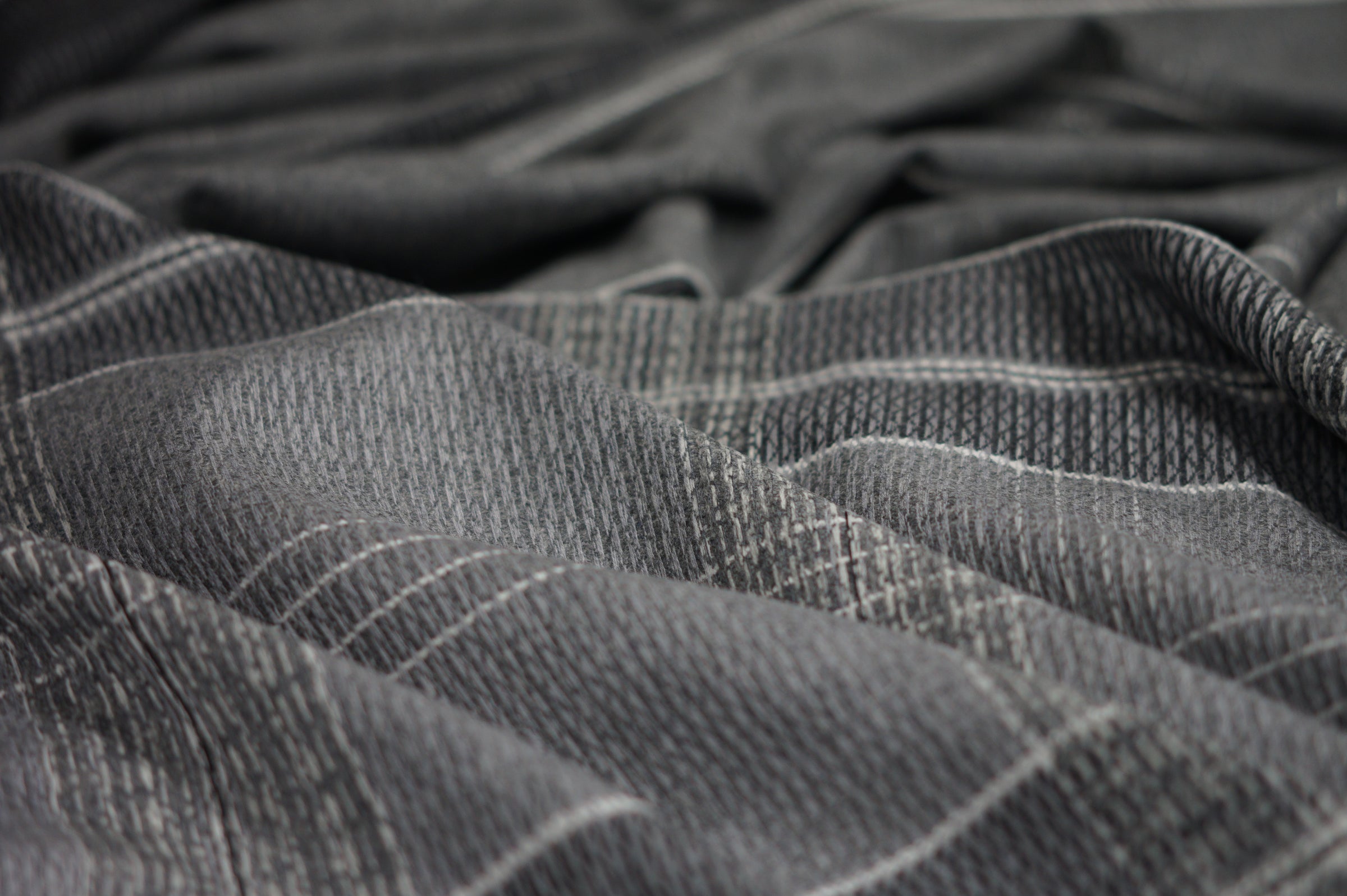
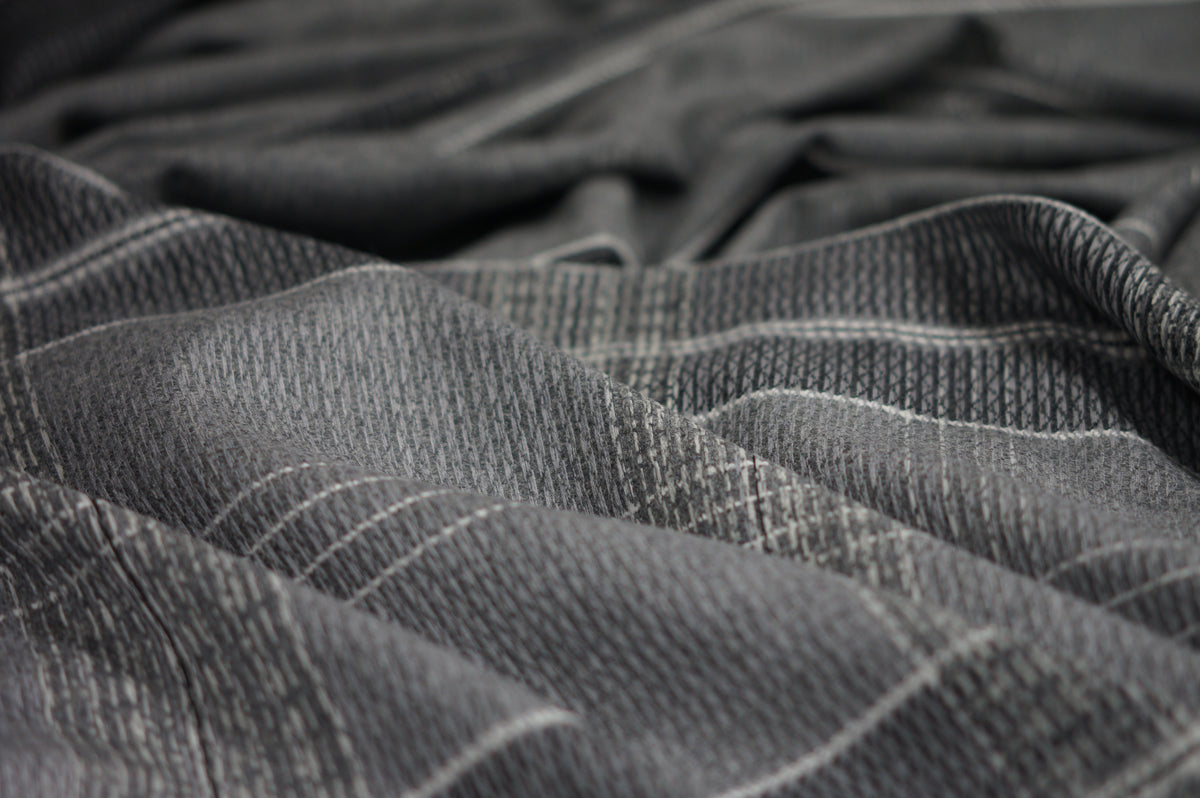


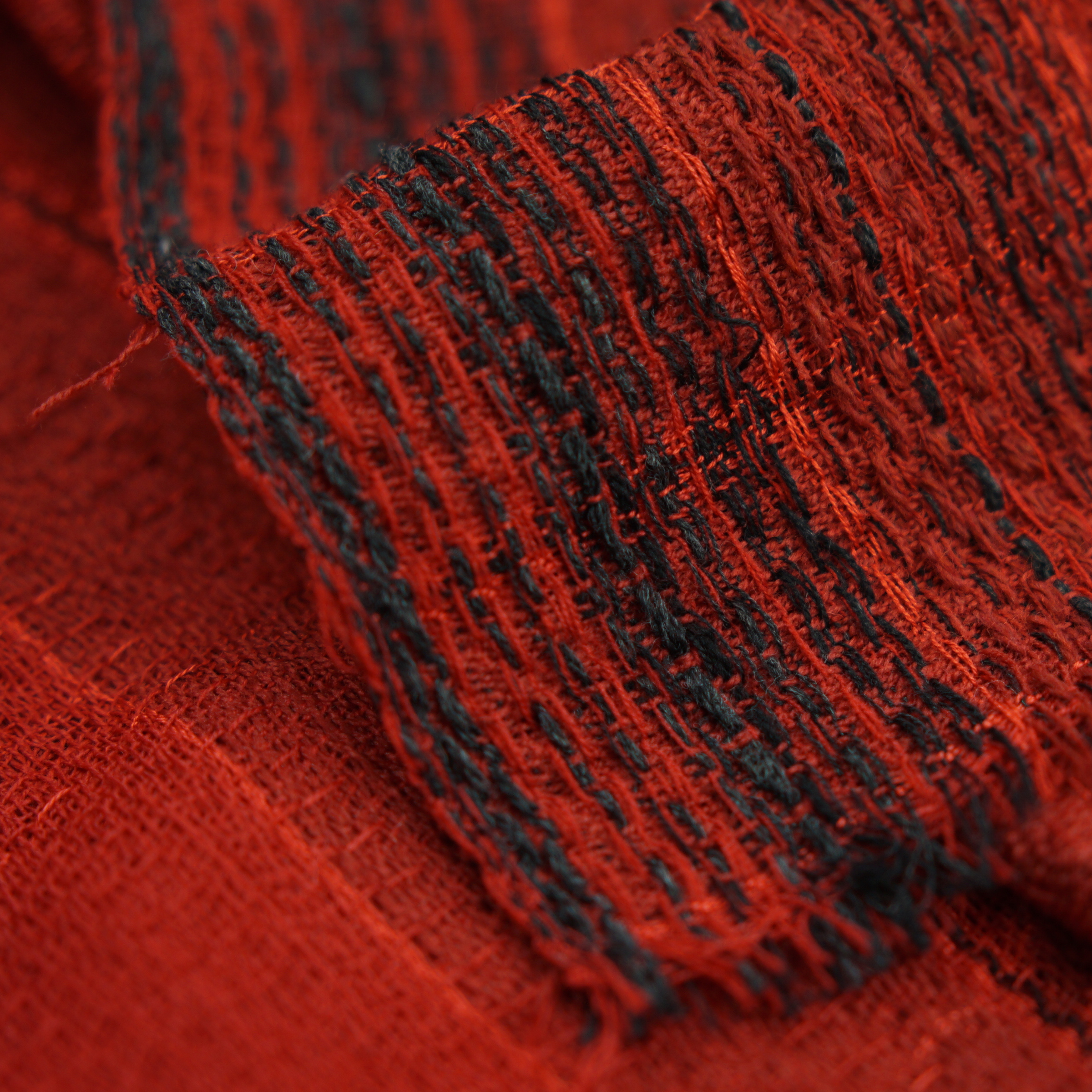

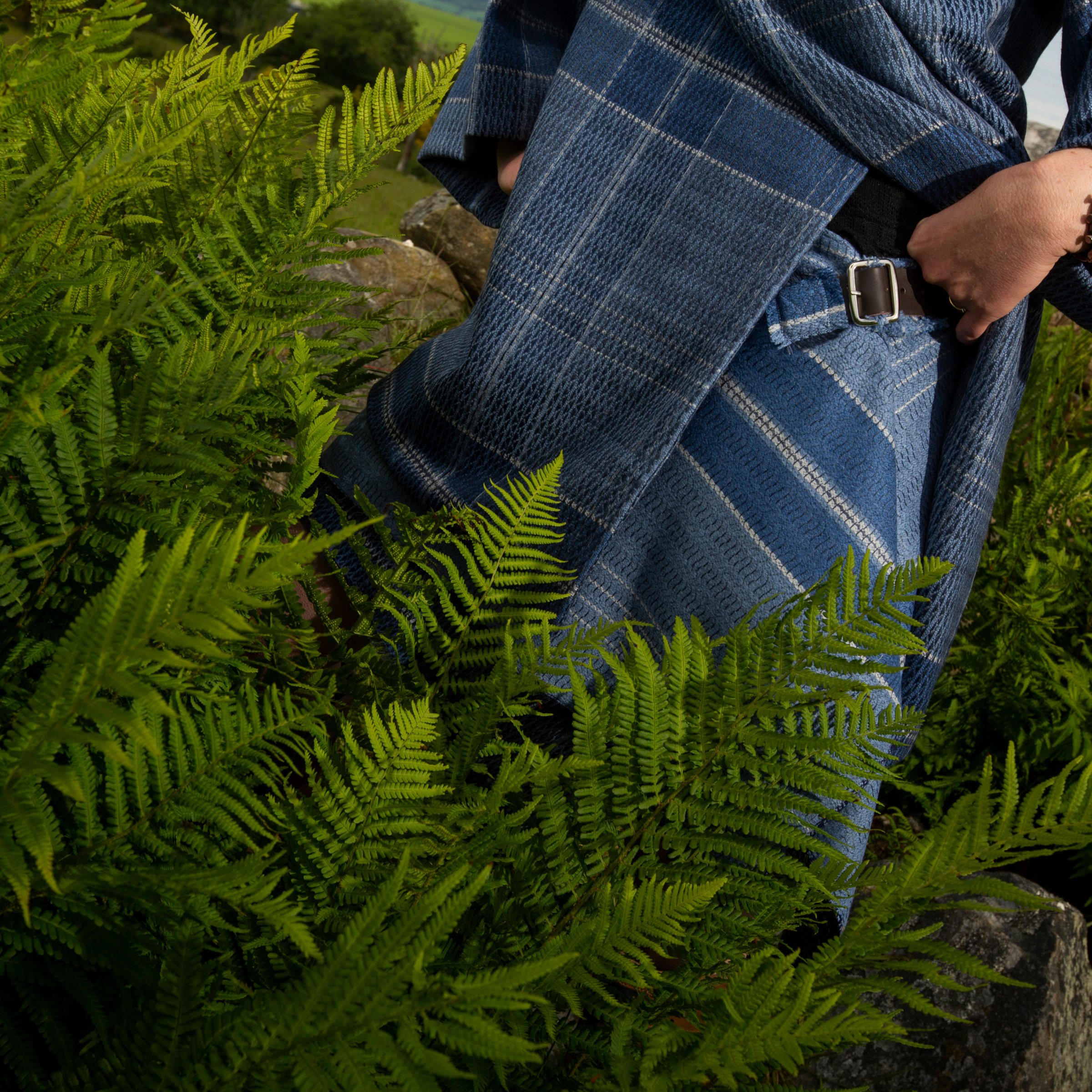
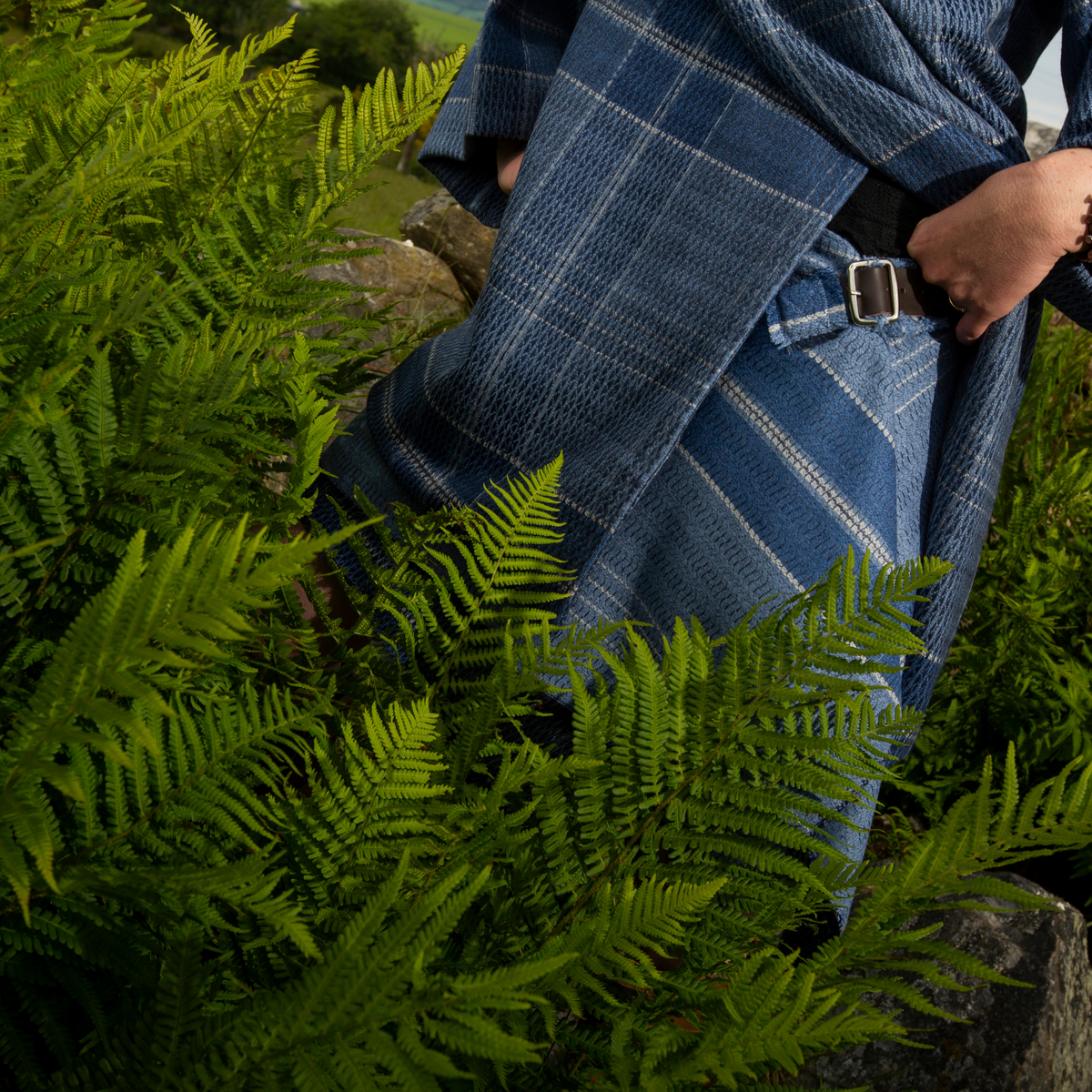
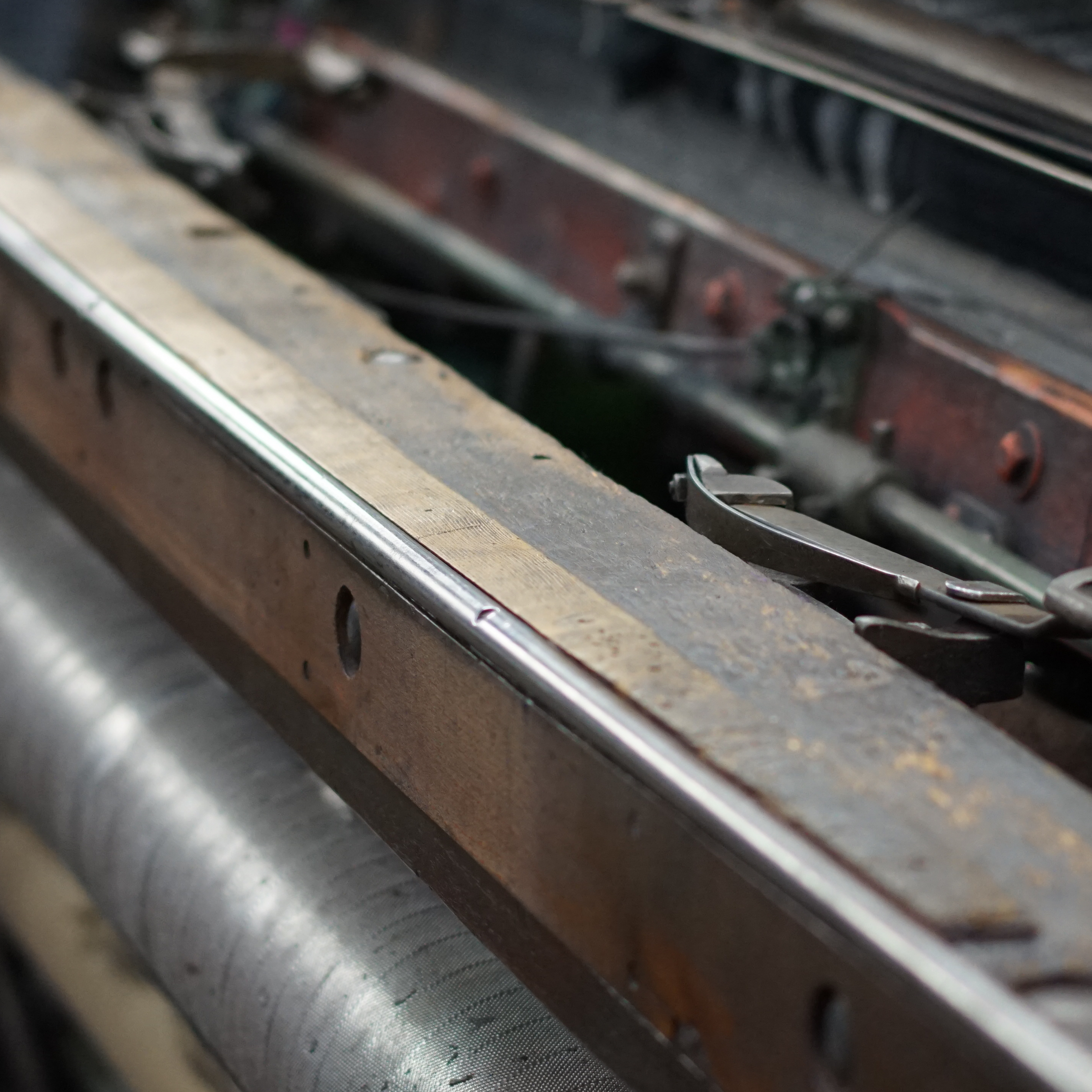
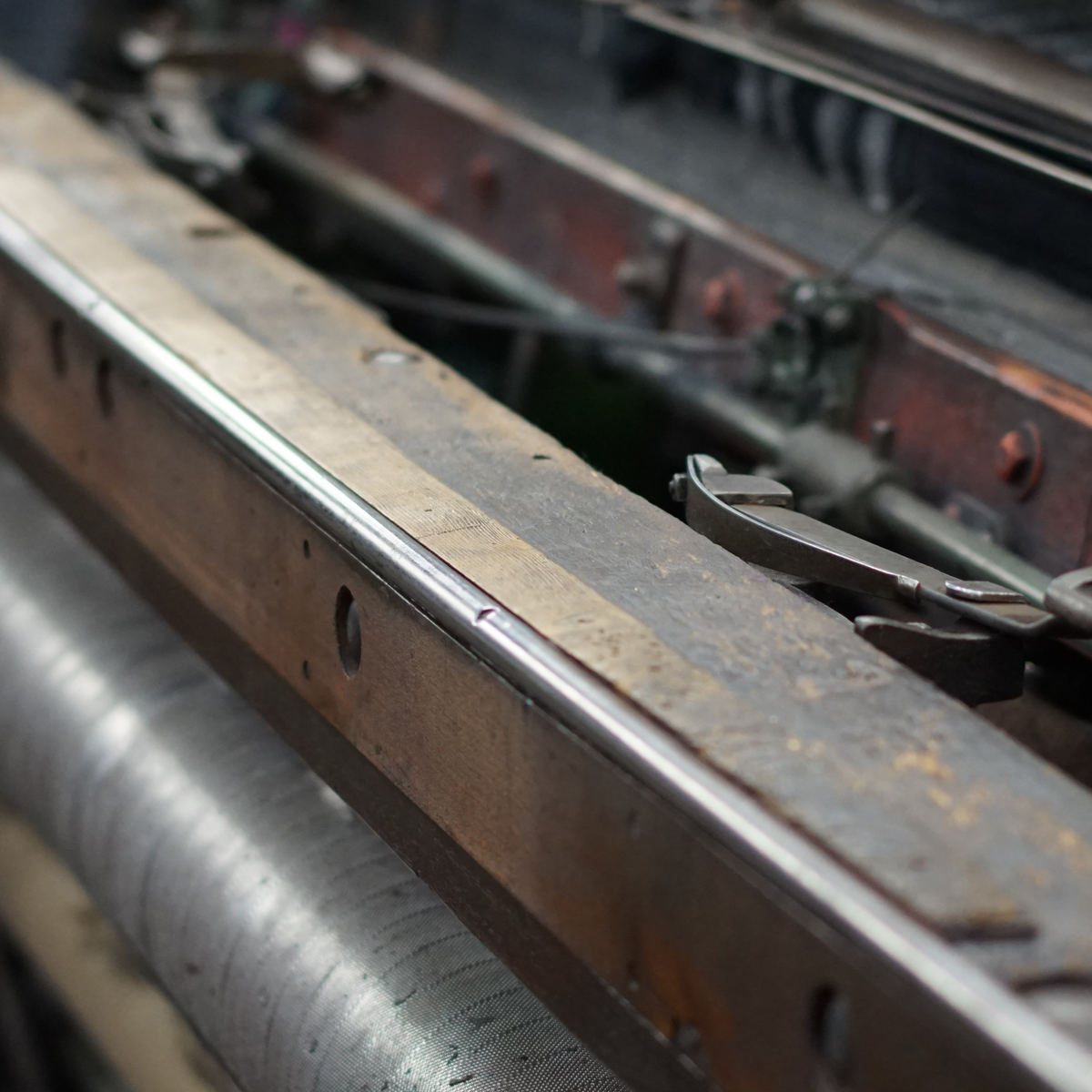
What happens when you blend fibres or used recycled synthetic oil fibres?
The fashion industry, especially fast fashion, is one of the most polluting industries, creating 10% of all global greenhouse gas emissions. Their entire business model is based on cheap, disposable clothing that acts like single-use plastic—you use it once or twice and throw it out. The cheap price is often only achieved when using oil as a base material opposed to natural fibres sourced ethically.
But as the climate crisis worsens and awareness of these issues grows, sustainable products are getting more popular. It is reported that up to 78% of people are more likely to buy a product if it’s labelled as sustainable.
In the last few years, we’ve seen a lot of growth in sustainable consumerism. But have we’ve also seen a huge increased in the number of companies pretending to be sustainable when they aren’t? As conscious consumerism grows, new “sustainable” products are hitting the market. Have you spotted them?
If this is happening, then what is the problem? How do we know these products are really sustainable?
A trend we’ve seen in the fashion industry is the use of blended fabrics and recycled polyester as a sustainable option. Many businesses are marketing recycled polyester as “sustainable”. But… is it? Remember this is still oil, that sheds micro-fibres, remains highly flammable, is not biodegrade and still has health questions unanswered?But what is recycled polyester?
Polyester is a man-made fabric created using petroleum-based ingredients. Polyester is plastic in simple terms. And after you’re done with your polyester clothes, just like plastic, they’ll pollute the environment for years to come.
Because it’s highly durable and cheap, polyester is used in many different types of clothes and products, nearly 70%+ of all clothes are made with oil based synthetics. Recycled polyester is also a synthetic fibre but instead of using virgin plastic to create the fibre, it uses recycled plastic. Using recycled plastic is clearly better than using virgin plastic, but as it turns out.... that's the only benefit.
Where does recycled polyester come from?
Most recycled polyester is created by recycling clear-coloured plastic bottles and turning them into polyester fabric. This is the most common way it’s produced, but other types of plastics are used too.
What is the problem with recycled polyester?
There are many disadvantages to using recycled polyester, especially when blended with natural fibres. Turning plastic bottles or any waste plastic into clothing might seem like a solution to our plastic pollution problem. But the truth is… it isn’t. Wearing clothes made of plastic does more harm than good and here is why....
1. Recycled polyester fibres can shed microfibres quicker and easier than virgin polyester, therefore accelerating the contamination in our waterways. This happens with every wash.
2. How can a sustainable future be based on us still wearing plastic clothes, when we could look to recycle plastics for other uses that do not result in excessive micro-fibre shedding? Perhaps they could be better used in the manufacturing of new medical devices?
3. The clothing made from recycled polyester still cannot be recycled, we have taken a recyclable plastic (ie a bottle) and put it into a non recyclable plastic?
What are blended fabrics?
Blended fabrics are created by mixing two or more different types of fibres together. A single piece of clothing can use many types of fibres in it. There are many different fabric blends, but by far the most common blends are natural and plastic-based fibres mixed with a recycled synthetic fibre—creating a synthetic blend.
The most common synthetic blend is recycled polyester and a natural fibre like organic cotton or wool.
Many brands are marketing these synthetic blended fabrics as a “solution”— claiming they’re the sustainable option. You might be thinking, this is a great, but at the end of the day—plastic is plastic, and by reusing it in this way we're spreading plastic pollution indefinitely. In addition to that we are taking a natural, sustainable fibre, such as wool, and now contaminating it with a recycled synthetic fibre, like polyester. How do we now separate these fibres for recycling in the future?
Many natural fibres are sustainable when not mixed with oil/plastic. Mixing a natural fibre with plastic turns what was potentially a sustainable product into another form of plastic.
Opting to recycle plastic instead of using virgin is better but it’s not a solution for the future. We can’t continue to depend on plastic—especially for our clothing.
Are fabric blends and recycled polyester eco-friendly?
Ultimately, no. They are not exclusively environmentally friendly.
But do they help reduce the amount of plastic polluting the environment? It helps divert plastic bottles from our oceans and landfills, but this plastic doesn’t disappear. Instead, it spreads into our oceans, food sources, and soil through clothes.
By turning plastic into clothes, we believe we could be creating a huge problem for the environment. Every single time you do laundry, an average of 9 million microfibers are released into the water. These tiny microfibers can account for up to 35% of all microplastics polluting the Ocean.
Because these microplastics are so small, they sneak past most filters at water treatment plants. Eventually, they reach the ocean where all kinds of marine life end up eating them—causing even more harm.
Plus, a new study found that polyester also releases microplastics into the air simply by being worn.
If recycling plastic was a solution to tackle plastic pollution, we wouldn’t have a problem in the first place. We’ve been recycling plastic since it was first created, yet our oceans, rivers, and landfills are drowning in plastic pollution.
Why?
Because recycling plastic is not a solution. It has never been. The plastic industry has pushed the idea of recycling as an effort to defer the responsibility for plastic pollution onto the consumer— and allow them to keep making more virgin plastic.
The only solution is to cut our dependence on plastic, shift towards renewable resources, rely on natural, biodegradable fibres and bio-based materials, and support a circular economy.
Plastic doesn’t fit in a sustainable future—even if it’s recycled or mixed with sustainable fabrics.
The answer simply could be in the past when it comes to what we wear. We have only been wearing plastic clothes for the past 100 years, but we have survived centuries wearing natural fibres. We wore the same items of clothing more, we knew what they were made of and we often knew who made them.
Where did it all begin, the why then, the why now and the future of why not?